#kit fox
Photo
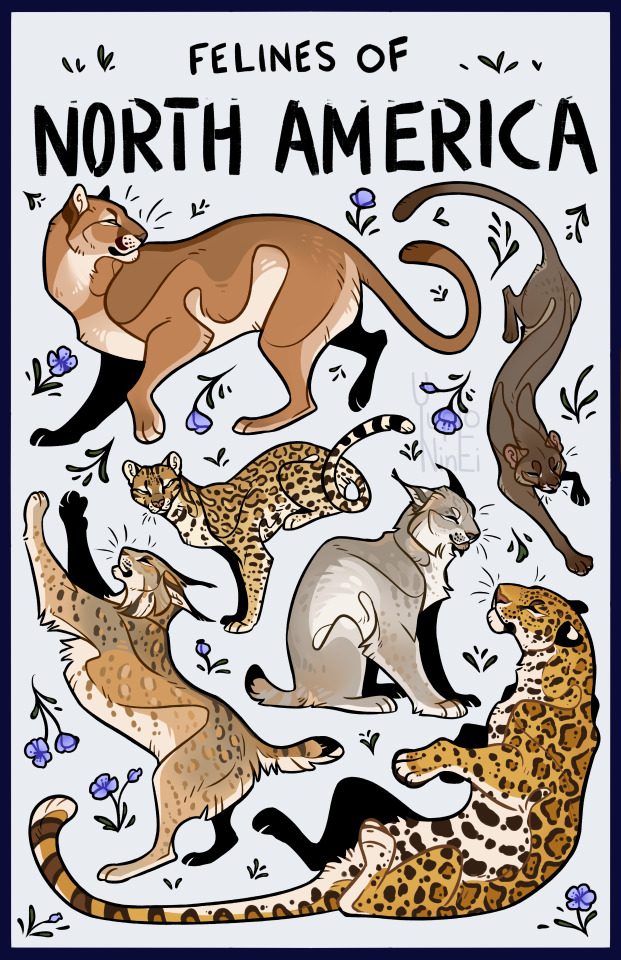

A couple of pieces I’ve done this year (Available on inprint!)
#feline#canine#wolf#coyote#fox#puma#jaguar#jagurundi#ocelot#lynx#bobcat#red wolf#red fox#arctic fox#gray fox#kit fox#swift fox
36K notes
·
View notes
Text
Note: Reasons to Be Cheerful has had weirdly huge formatting issues for the past six or so months, so if that version is a mess, this link should work better.
"Florida Power & Light Company (FPL), the Sunshine State’s largest power utility, employs all the people you might expect: electricians, lineworkers, mechanical engineers — and a few you might not. For over 40 years, the company has kept a team of wildlife biologists on staff. Their task? Monitoring the giant carnivorous reptiles that reside in one of the state’s nuclear power plants.
Saving the American Crocodile
What sounds like a low-budget creature feature is actually a wildly successful conservation story. It goes like this: In 1975, the shy and reclusive American crocodile was facing extinction. Over-hunting and habitat decline caused by encroaching development had pushed its numbers to a record low. By 1975, when it was listed as endangered under the Endangered Species Act, there were only 200 to 300 left.
Three years later, in 1978, workers at the Turkey Point nuclear power plant in Homestead, Florida happened upon something that must have made them gasp: a crocodile nest along one of the plant’s 5,900-acre “cooling canals.” Rather than drive the crocs away — perhaps the easiest solution — FPL hired a team of biologists and implemented a Crocodile Management Plan. Its goal was unconventional: provide a suitable habitat for the crocs within the workings of the nuclear power plant, allowing both to coexist.
Over the course of the next 30 years, FPL’s wildlife biologists monitored nests, tagged hatchlings and generally created a hospitable environment for the reptiles. As it turned out, the plant’s cooling canals provided an ideal habitat: drained earth that never floods on which to lay eggs directly adjacent to water. Over the years, more and more crocs made the cooling canals home. By 1985, the nests at Turkey Point were responsible for 10 percent of American crocodile hatchlings in South Florida. In 2007, the U.S. Fish and Wildlife Service downgraded the American crocodile’s status from endangered to threatened, singling out FPL for its efforts.
The program continues to this day. To date, biologists have tagged some 7,000 babies born at the plant. In 2021, there were a record-setting 565 crocodile hatchlings at the Turkey Point facility.
"Reconciliation Ecology"
Turkey Point’s efforts are an example of what is known in the conservation world as “reconciliation ecology.” Rather than create separate areas where nature or animals can thrive in isolation from humans, reconciliation ecology suggests that we can blend the rich natural world with the world of human activity. Michael Rosenzweig, an emeritus professor of ecology and evolutionary biology at the University of Arizona, was a leading force in establishing this concept. The author of Win-Win Ecology: How the Earth’s Species can Survive in the Midst of Human Enterprise, Rosenzweig has pointed out that although human encroachment has typically been considered a threat to biodiversity, the notion that the world must be either “holy” or “profane,” ecologically speaking, is simply not true.
“In addition to its primary value as a conservation tool, reconciliation ecology offers a valuable social byproduct,” writes Rosenzweig in his first chapter. “It promises to reduce the endless bickering and legal wrangling that characterize environmental issues today.”
-via Reasons to Be Cheerful, May 5, 2022. Article continues below. All headings added by me for added readability.
Dr. Madhusudan Katti, an associate professor in the Department of Forestry and Environmental Resources at North Carolina State University, was inspired by Rosenzweig when he did his postdoc at Arizona State. Katti has now been in the field of reconciliation ecology for two decades and teaches classes on the subject. “To me it’s finding solutions to reconciling human development with biodiversity conservation,” Katti says.
This common ground between development and conservation can be consciously planned, like FPL managing a crocodile habitat at a nuclear power plant or the state-sponsored vertical gardens and commercial farms on high-rise buildings in Singapore. Other examples include the restoration of the coral reef around an undersea restaurant in Eilat, Israel, or recent legislation in New York City requiring patterned glass on high-rise buildings, making windows more visible to migratory birds. Other planned examples of reconciliation ecology can be more individually scaled: a rooftop garden in an urban setting, modifying your garden to earn a “backyard bird habitat” certification from the Audubon Society, or even just mowing your lawn less often...
Reconciliation Ecology: Nature's Already Doing It Without Us
But there are countless examples of “accidental” incidents of reconciliation ecology, as well. One of Katti’s favorites is the kit fox of California’s San Joaquin Valley. “The kit fox was one of the very first species listed on the Endangered Species Act,” Katti says. Its decline was caused by habitat loss through agricultural and industrial development, as well as the extermination of the gray wolf population, which led to an increase in coyotes. So kit foxes adapted and moved to new habitats. One of these was the city of Bakersfield, California.
“Bakersfield, surrounded by oil pumps, would be the last place you’d expect to find an endangered species,” Katti says. But researchers think kit foxes have migrated to Bakersfield because they actually have more protection there from predators like coyotes and bobcats. “The kit foxes have figured out that if they can tolerate the human disturbance and live with people, then they are safer from all these other predators,” he says.
Living in the city has led to some interesting behavioral changes. In the wild, for instance, a female kit fox gives birth to her young and raises them by herself in a den. But in the city, researchers have observed multiple females raising their litters together in the same den. “It’s like a form of cooperative breeding,” Katti says. “That wouldn’t happen in the wild.” ...
The Big Picture: How We Think about Conservation
Reconciliation Ecology isn’t just we humans welcoming animals like crocodiles and foxes into our environments, though. It’s also living with nature in a way that most Western societies haven’t done since the Enlightenment. “In recent years, there’s been a recognition that the ‘fortress conservation’ model — keeping nature separated from humans and not thinking of or valuing human-inhabited landscapes — those ideas are outdated,” says Katti.
In fact, in Katti’s classes on reconciliation ecology, he embraces the notion of reconnecting people with their land if they have been unjustly separated from it. “The term reconciliation also applies to all the colonial legacies where both nature and people have been harmed,” Katti says. “For Indigenous communities, the harm done to ecosystems, it’s happened together. So you can talk about addressing both. That’s where a lot of my thinking is at the moment.”
A hopeful version of this sort of reconciliation is happening in California where colleagues of Katti’s who are tribal members are re-introducing “tribal burns” in some areas. Controlled burns have been a part of many Indigenous cultures for millenia, both as a way to prevent devastating forest fires, but also to encourage the growth of certain plants like hazel that are used for basket-weaving and other crafts.
“The notion that people don’t belong there and ‘let nature take care of itself’ doesn’t really work,” Katti says. “That’s the legacy of Western European Enlightenment thinking — a divide between human and nature. That is a real faulty view of nature. People have been part of the ecosystem forever.”
-via Reasons to Be Cheerful, May 5, 2022
#a bit older but still ongoing/relevant and still very cool#florida#crocodile#reptile#ecology#environment#sustainability#endangered species#united states#california#kit fox#nuclear power plant#reconciliation#colonialism#the enlightenment#conservation#human beings#good news#hope#urban ecology
1K notes
·
View notes
Text


Started a new project where I sketch headshots for a bunch of different species to help study animal physiology and facial shapes / features! Foxes are first, specifically vulpes!
#fox#vulpes#bengal fox#blanford’s fox#cape fox#corsac fox#tibetan sand fox#arctic fox#kit fox#pale fox#rüppell’s fox#swift fox#red fox#fennec fox#animal#vex art#headshot project
155 notes
·
View notes
Text

Kit fox
By: Gary R. Jones
From: Wildlife of the Deserts
1980
106 notes
·
View notes
Text
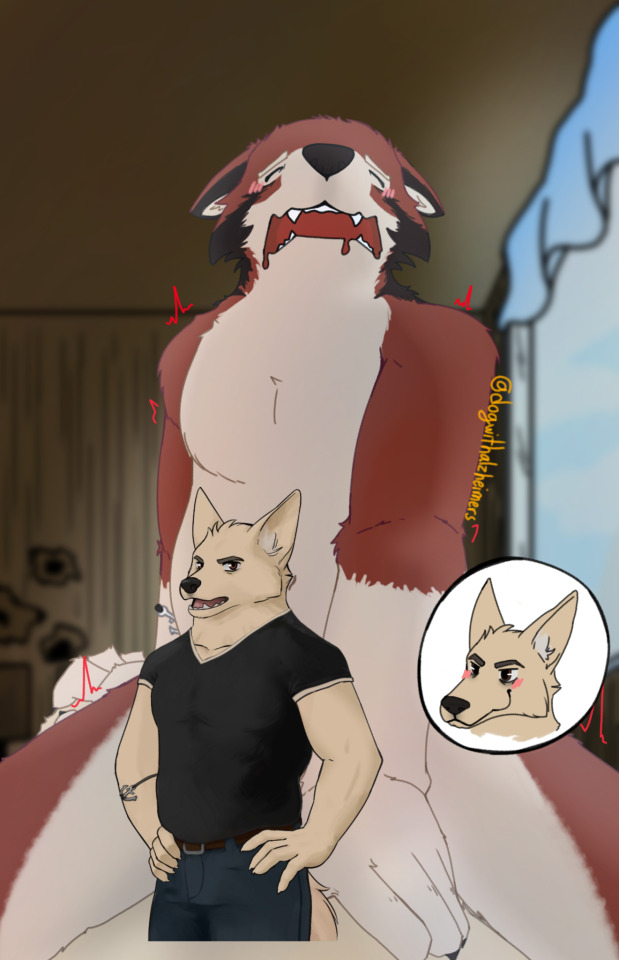
He's bouncing off my booty cheeks, I love the way he rides
#furry#echo project#brainrot#art#furry art#anthro art#leo alvarez#wolf#echovn#tsr vn#kit fox#tsela begay#I AM A SINNER
70 notes
·
View notes
Text

553 notes
·
View notes
Text

I've had the Green Tea marauder for a while, so it's time for another member of the Arizona lance, this time a Kit Fox!
#battletech#hobby#miniatures#mini painting#battlemech#mecha#mechwarrior#mech#light mech#kit fox#arizona tea
32 notes
·
View notes
Text

It’s Autism Acceptance Month, so here’s a nice pic showcasing two of my OCs, Pri and Jason, and myself. All of which happened to be Autistic. It felt like the right thing to do on a short notice.
#furry art#furry#digital art#digital illustration#kcvulpinestudios#life beside the tracks#anthro#anthro art#art#digital aritst#furry sfw#sfw furry art#sfw furry#actually autistic#autism#autistic acceptance#red panda#dragon#kit Fox#red panda anthro#dragon anthro#fox anthro#anthropomorphic#anthromorphic art#my art#my illustration#illustration#illustration art#artist#illustrator
24 notes
·
View notes
Text
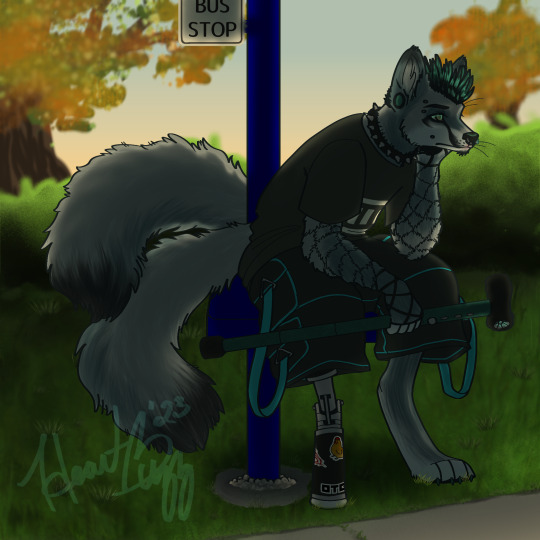
Benji Hextail, awaiting the last bus out of town towards his family's property. he already has most of the books that they have there, but it's much nicer to read there. he wouldn't have met his girlfriend if he'd stayed at home to read!
want something like this? commissions are 15% off!
#Ely art#oc: Benji Hextail#fox oc#kit fox#kitsune#anthro#furry#sfw furry#disabled artist#disabled art#disabled furry
52 notes
·
View notes
Text

Kit Fox (Vulpes macrotis)
Family: Dog Family (Canidae)
IUCN Conservation Status: Least Concern
A small species of fox native to warm, arid regions of northern Mexico and the southwestern USA, the Kit Fox has independently developed many characteristics also seen in its more famous desert-dwelling relative, the Fennec Fox; its body is small and slender to reduce heat retention, its ears are large and flattened (though not as disproportionally massive as the ears of Fennec Foxes) to increase heat loss through its extremities, and its feet are wide to help distribute its weight while walking on uneven sandy ground, with a light covering of fur on its paw pads to prevent them from being burned when exposed to hot rocks or sand. Like many desert-dwelling mammals Kit Foxes spend much of the day underground (either in burrows of their own creation or in the abandoned burrows of other animals such as American Badgers) and emerge at night (or occasionally early on cool mornings) to search for food, feeding primarily on small rodents but also targeting hares, lizards, insects, carrion and small amounts of fruit. Adult Kit Foxes generally live in pairs, mating once a year and working together to protect and provide for their young, which are born in litters of 4-5 and remain in or near their parents' burrow for much of their early lives, accompanying their parents on foraging trips once around 4 months old and becoming independent 1-2 months later.
--------------------------------------------------------------------------Image Source: https://www.inaturalist.org/taxa/42070-Vulpes-macrotis
#Kit Fox#kit fox#zoology#biology#mammalogy#animal#animals#mammal#mammals#fox#foxes#dog#dogs#canid#canids#canidae#carnivores#carnivore#carnivora#wildlife#North American wildlife#desert wildlife
29 notes
·
View notes
Text
Vulpes Macrotis
There are four true fox species in North America including the red fox, arctic fox, swift fox, and kit fox. Kit foxes are the smallest of these four, weighing about 5 pounds (lighter than the average house cat).

Kit foxes live in southwestern North America, preferring dry climates like the Mojave and Sonoran desert. These regions can get quite hot and kit foxes are poorly adapted to the heat. Because of this, kit foxes shelter in a burrow during the day. They can dig these burrows but they more commonly enlarge abandoned burrows made by animals like badgers or prairie dogs, often adding extra entrances. In more mountainous regions they use rock outcroppings as dens. They come out of these burrows at night to hunt for animals like kangaroo rats, cottontail rabbits, prairie dogs, lizards, and ground-dwelling birds. They’ll also eat vegetation like cactus fruits and tomatoes.
The population of the kit fox is classified as least concern, meaning they aren’t at risk for extinction, but their population is decreasing due to habitat loss and poisons used to kill rodents and insects. The San Joaquin kit fox subspecies is endangered for these reasons.

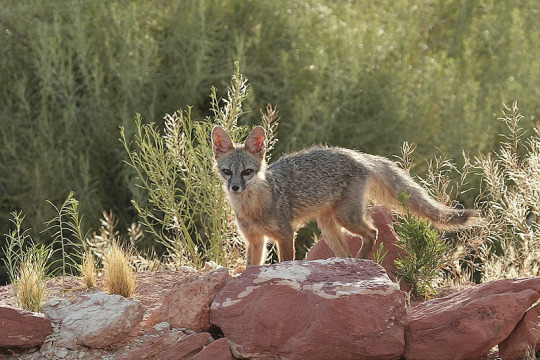
Like all other fox species, kit foxes generally hunt alone. They are quite social, though, and live in pairs or small family groups. They aren’t very territorial either, so the territory of different groups of kit foxes often overlap.
I rate the kit fox 15/10. Definitely would pet

Photo credits:
(1) Jason Sims (2) Joel Sartore (3) Utahcamera on Wikipedia (4) Jason Sims
#biology#zoology#animals#science#nature#foxes#wildlife#kit fox#kit foxes#vulpes#fox#animal#vulpes macrotis#wild animals
322 notes
·
View notes
Text

Kit Fox in the Northwest Desert
77 notes
·
View notes
Text
CW: Selfharm, Death
.
.
.
.
.
.
.
.
A few days ago my girlfriend Kit took her own life, she was a beautiful, creative, kind, sincere, wonderful person, she was so talented. Every life she touched was drawn to her immeasurable light. Her smile could light up any room, it was pure and sincere in a way few are. She left us too soon. I love you honey and I always will 🧡🦊🧡
I want to share her poetry here, it captures who she was so perfectly.
hyper liminal a zine by Kitfox




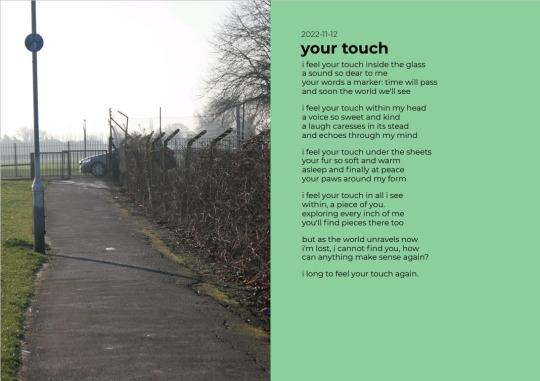
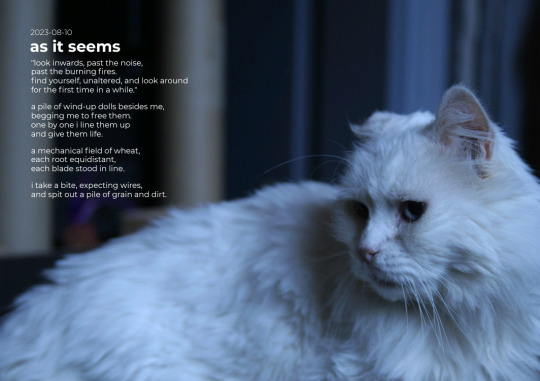



15 notes
·
View notes
Text

Kit fox
By: John X. Sundance
From: Éditions Rencontre Cards
1978
180 notes
·
View notes
Text
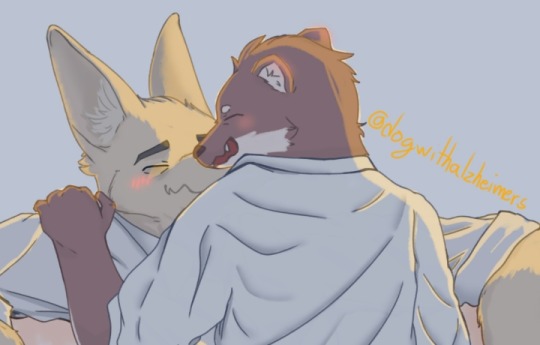
Get cutely invaded :33 what
#echo project#furry#art#brainrot#furry art#anthro art#tsr vn#stoat#kit fox#clifford tibbits#tsela begay#invaded by the roman empire
87 notes
·
View notes
Photo
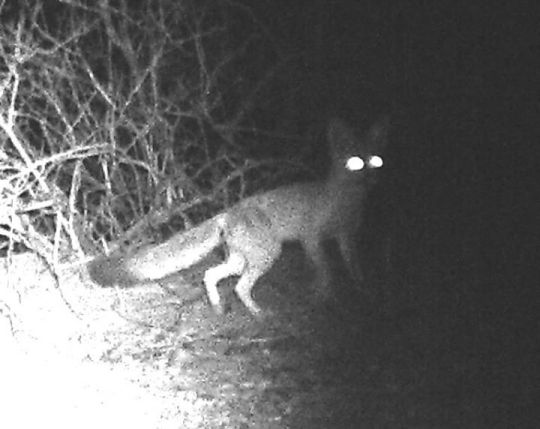

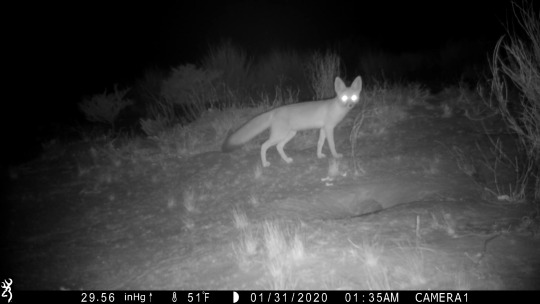
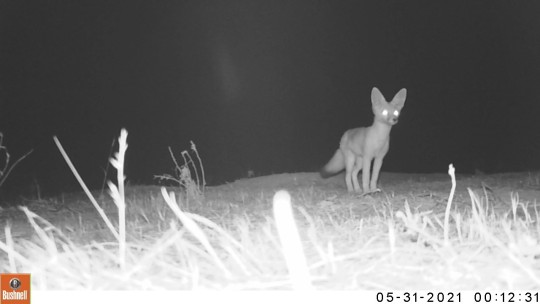


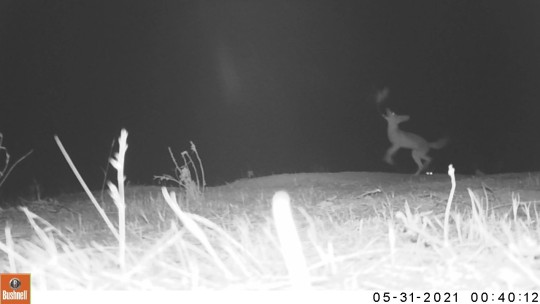
another very good genre of image: kit foxes that look like That
(images from inaturalist, sources in captions)
183 notes
·
View notes